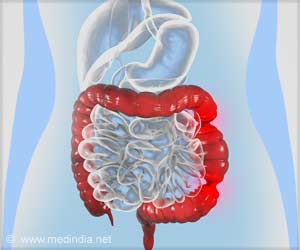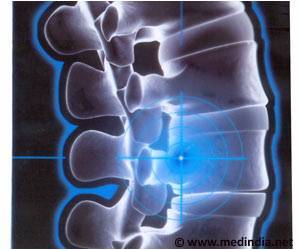A genetic explanation for why the new H1N1 "swine flu" virus has spread from person to person less effectively than other flu viruses has been espoused by US scientists.
A collaborative team of researchers from the Massachusetts Institute of Technology (MIT) and the Centers for Disease Control and Prevention have found that the H1N1 strain, which circled the globe this spring, has a form of surface protein that binds inefficiently to receptors found in the human respiratory tract."While the virus is able to bind human receptors, it clearly appears to be restricted," says Ram Sasisekharan, the Edward Hood Taplin Professor and director of the Harvard-MIT Division of Health Sciences and Technology (HST) and the lead MIT author of the paper.
He points out that that restricted binding, along with a genetic variation in an H1N1 polymerase enzyme, which was first reported about three weeks ago in Nature Biotechnology, explains why the virus has not spread as efficiently as seasonal flu.
However, flu viruses are known to mutate rapidly, so there is cause for concern if H1N1 undergoes mutations that improve its binding affinity.
"We need to pay careful attention to the evolution of this virus," says Sasisekharan.
For their study, the researchers compared the new H1N1 strain to several seasonal flu strains, including some milder H1N1 strains, and to the virus that caused the 1918 flu pandemic.
Advertisement
However, binding efficiency varies between flu strains, and that variation is partly determined by the receptor-binding site (RBS) within the hemagglutinin protein.
Advertisement
They also observed that the new H1N1 strain spreads inefficiently in ferrets, which accurately mimics human influenza disease including how it spreads or transmits in humans.
When the ferrets were in close contact with each other, they were exposed to enough virus particles that infection spread easily. However, when they were kept separate and the virus could spread only through airborne respiratory droplets, the illness spread much less effectively.
Sasisekharan says that this is consistent with the transmission of this virus seen in humans so far, considering that most outbreaks have occurred in limited clusters, sometimes within a family or a school but not spread much further.
"One of the big payoffs of long-term investments in carbohydrate biology and chemistry research is an understanding of the relationships between cell surface carbohydrate structure and viral infectivity. Tools developed in building such understanding help in the response to events like the recent H1N1 outbreak," said Jeremy M. Berg, director of the National Institute of General Medical Sciences of the National Institutes of Health, which partly funded the research.
The researchers also pinpointed a second mutation that impairs H1N1's ability to spread rapidly.
While recent studies have shown that a viral RNA polymerase known as PB2 is critical for efficient influenza transmissibility, the new H1N1 strain does not have the version of the PB2 gene necessary for efficient transmission.
A research article describing the study has been published in the online edition of the journal Science.
Source-ANI
RAS








